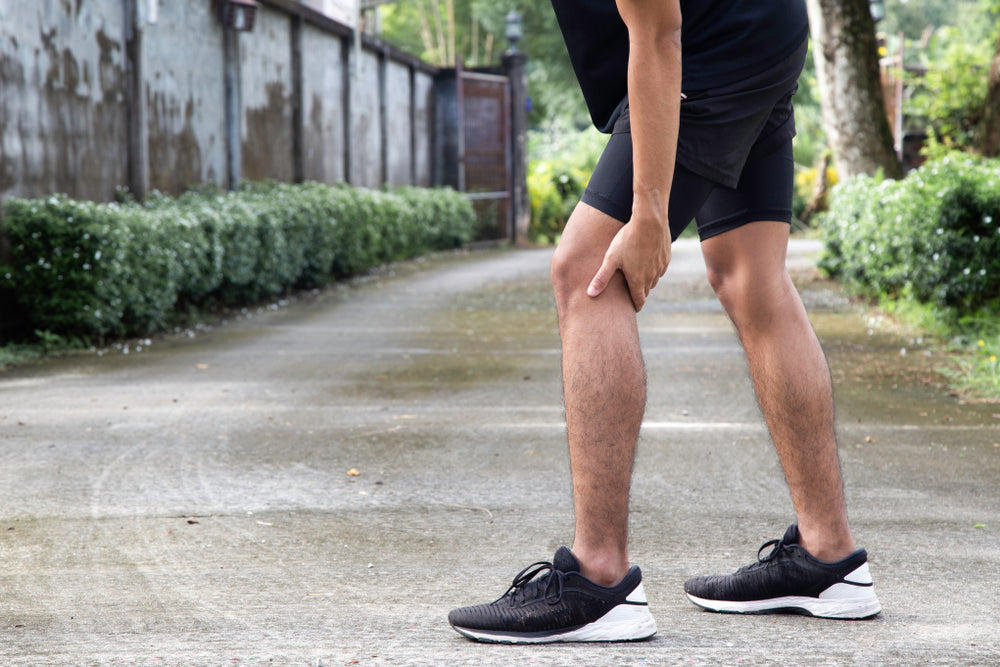Will iliotibial band syndrome go away?
Although it can be stubborn and persistent, the good news is ITBS is not permanent.
It’s important to note that the more serious the pain and injury, the more thorough the treatment required, and the longer recovery will be. Generally, 50-90% of people will recover with conservative treatment after 4-8 weeks.
Ultimately, prevention is the best cure, and even if you don’t have it, taking care of your legs now will make a world of difference.
How do I treat iliotibial band syndrome?
The below tips here are useful for managing ITBS pain, as well as reducing the risk of it occurring in the first place.
Physical therapy will help iliotibial band syndrome go away
Treating the muscle is important in the long-term recovery of ITBS.
Your physiotherapist may help you recover through myofascial release, which will knead the tension out of muscles and fascia.
They may also teach you how to use a foam roller or tennis ball to loosen up the muscles surrounding the tendon; they may even suggest dry-needling, which can help.
Additionally, they may show you some stretches and exercises to do.
Take a break
ITBS typically develops from overuse, so it's important to rest and cut out the activity that aggravated it for at least a few days.
Try a brace

GenuTrain P3 Knee Brace
A knee brace like the GenuTrain P3 will also assist your recovery. The P3 incorporates:
- Compression knit fabric to reduce inflammation, boost circulation (and by extension, oxygen and nutrient delivery to the muscle), and stimulate the muscles
- Patella pad to stabilise the knee cap and help relieve associated knee pain
- Muscle soothing pad at the outer thigh to relieve iliotibial band pain and tension
How to avoid ITBS in the future
Technique while running is important
Refining your running technique can reduce strain on the IT band and allow for less strain on the leg in general.
Shortening your stride is key, and studies have shown it's best to keep to a minimum of 180 steps a minute.
The terrain you are running or walking on
What you run on has a huge effect on your knees and the muscles connected to them. Where possible, stick to softer even terrain like grass and dirt trails.
Avoid running on concreted surfaces like pavement or roads, but if you have to, avoid hilly stretches and keep it level.
Learn more: Running on grass vs concrete, does it matter?
Appropriate footwear is crucial
If your foot rolls in too much (pronation) then it excessively strains the IT band.
See a proper running shoe store to get the right pair of running shoes for you. Wearing insoles can also help with your gait and help both now and long-term.
Rest when necessary
Most runners enjoy being out regularly, whether it’s first thing in the morning, last thing at night or somewhere in between.
If you’re starting to feel pain in the leg or knee, ease back on the routine and take a day off running here or there to avoid aggravating the ligament and making things worse.

Featured above: GenuTrain Knee Brace
Strengthening the legs
This is more effective for prevention rather than treatment, but should be practised by runners, especially people who’ve had ITBS in the past.
Here are a few exercises specifically for this area:
- Clamshells
- Glute bridge
- Leg raises
- Planks
- Single leg squats
- Jump squats



















